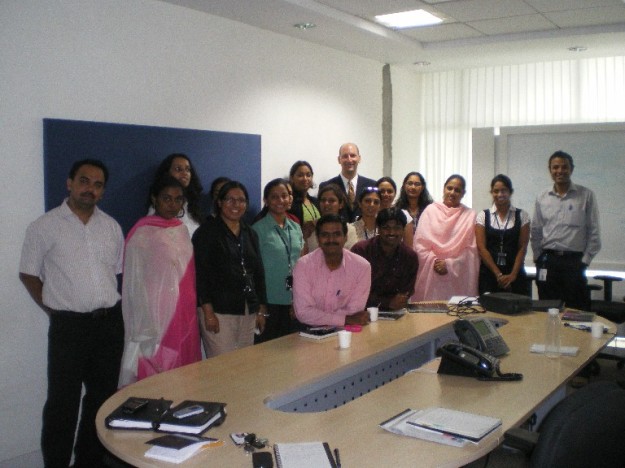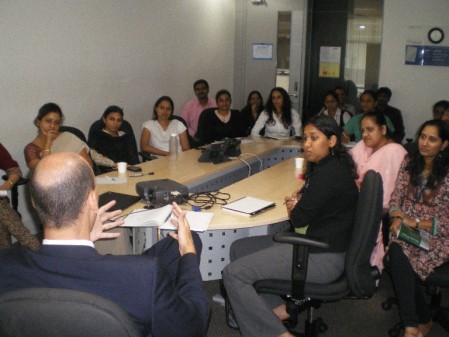Over the past couple of weeks I’ve been at both the All About the Cloud event out in California which is the premier event for cloud focused ISVs, and then the IBM Innovate event, which is the premier event for software development. Quite naturally cloud computing was a hot topics at both events.
In reflecting on what’s “new and different” about the cloud discussions of late – three observations come to mind –
1) The tone is much more serious and business oriented
While past events were full of hype, hoopla, hyperbole, and evangelists spouting about how cloud will change the world and change IT forever, the tone has now shifted. Off all the presentations I saw or took part in, only one still had the mega-hype tonality. The rest of the dialogue has finally shifted to cloud driving business results – cost savings, speed of innovation and implementation, deployment flexibility, etc. These better business outcomes are always required for broader adoption of any technology solution, so it’s nice to see the shift finally taking place in the cloud space. As Bill McNee of Saugatuck Technology pointed out in his keynote address – sometimes it just takes a good recession to get people focused on business outcomes again.
2) Growing recognition of IBM’s prowess in this space
Now that IBM has completed 2000+ cloud projects — and is working with 5 of the Fortune 10, and 50% of the Fortune 500 on cloud projects — clients and partners are realizing how powerful our solutions portfolio is for cloud computing. We now have all of our major software available via the cloud, we have CPU, storage and compute functions rentable in the cloud, and we have a whole range of design, test, and implementation services for public and private cloud deployments.
3) Growing recognition of the importance of open standards and interoperability.
Given the growth of both public clouds and private clouds – there is now tremendous demand for a set of standards and interoperability. IBM was pleased to be help the OMG Group launch the Cloud Standards Customer Council that now has over 150 members and meets again next week to continue the important work of building out a set of open standards. You’ll see the members range from large telcos and Fortune 50 clients to small service providers and even universities. The group already has some important use use cases and requirements for open cloud computing being drafted – so be sure to join (its free to join) and contribute to this important work for our industry.
What are your thoughts? Are you seeing similar trends and themes?

